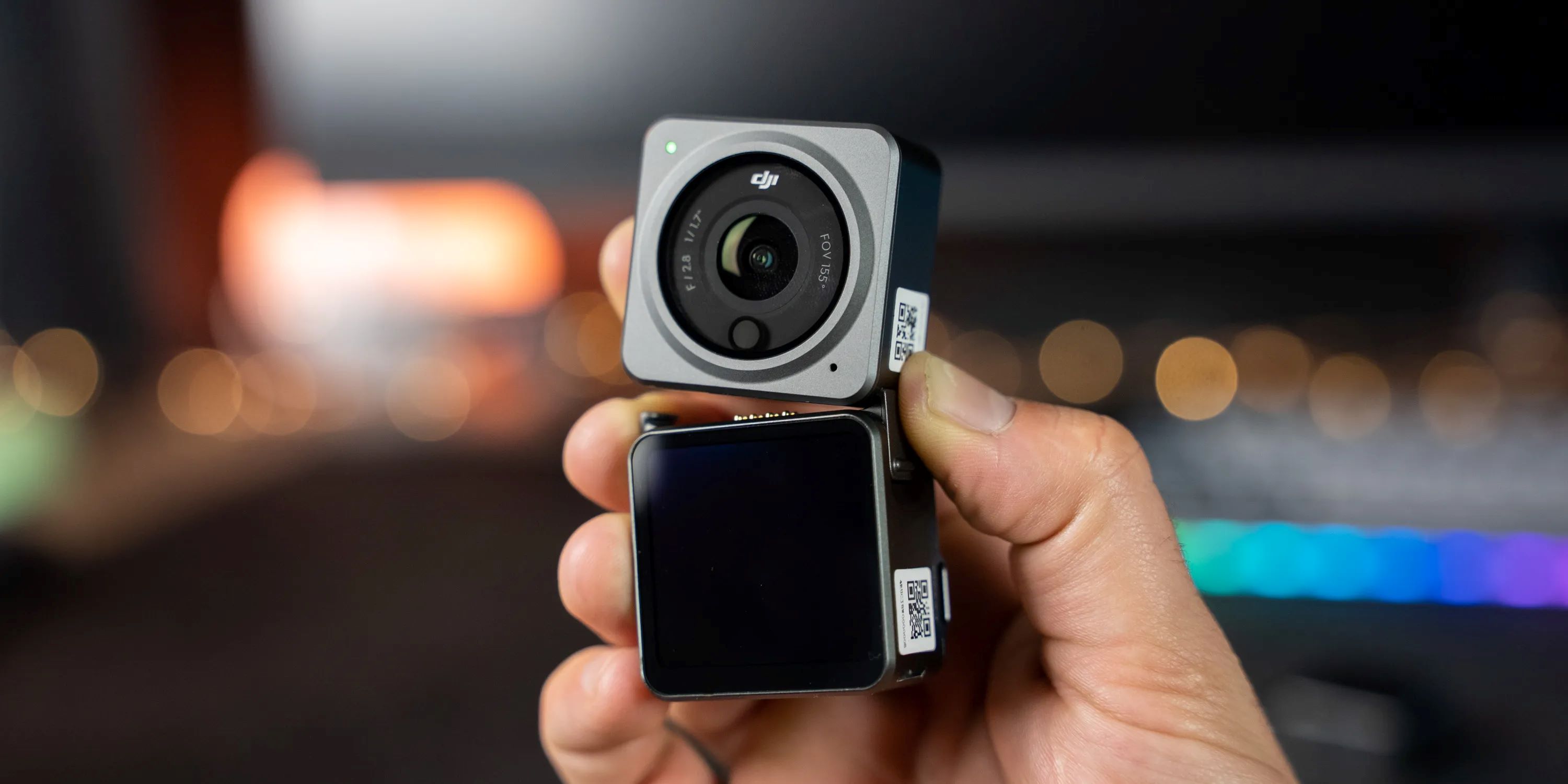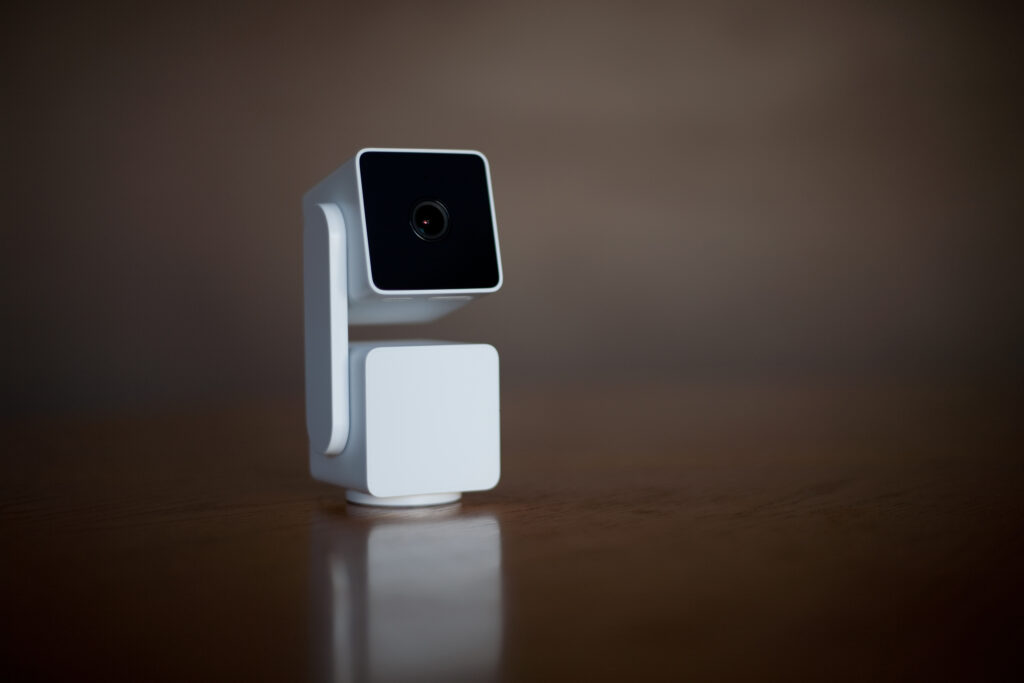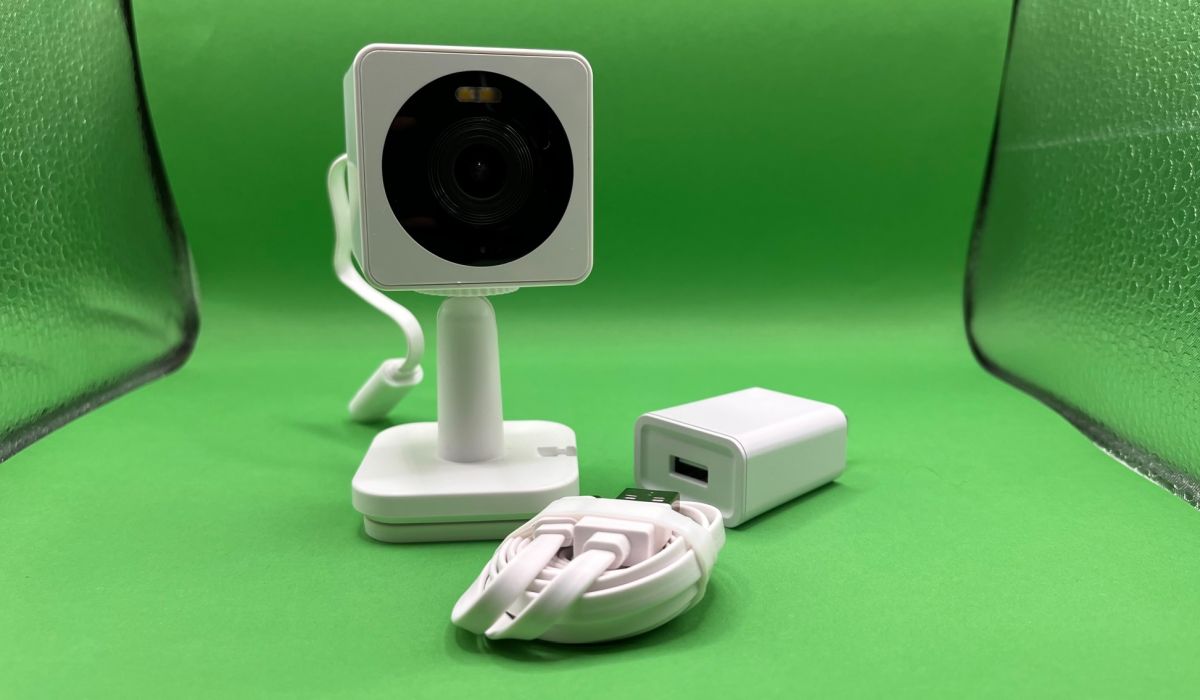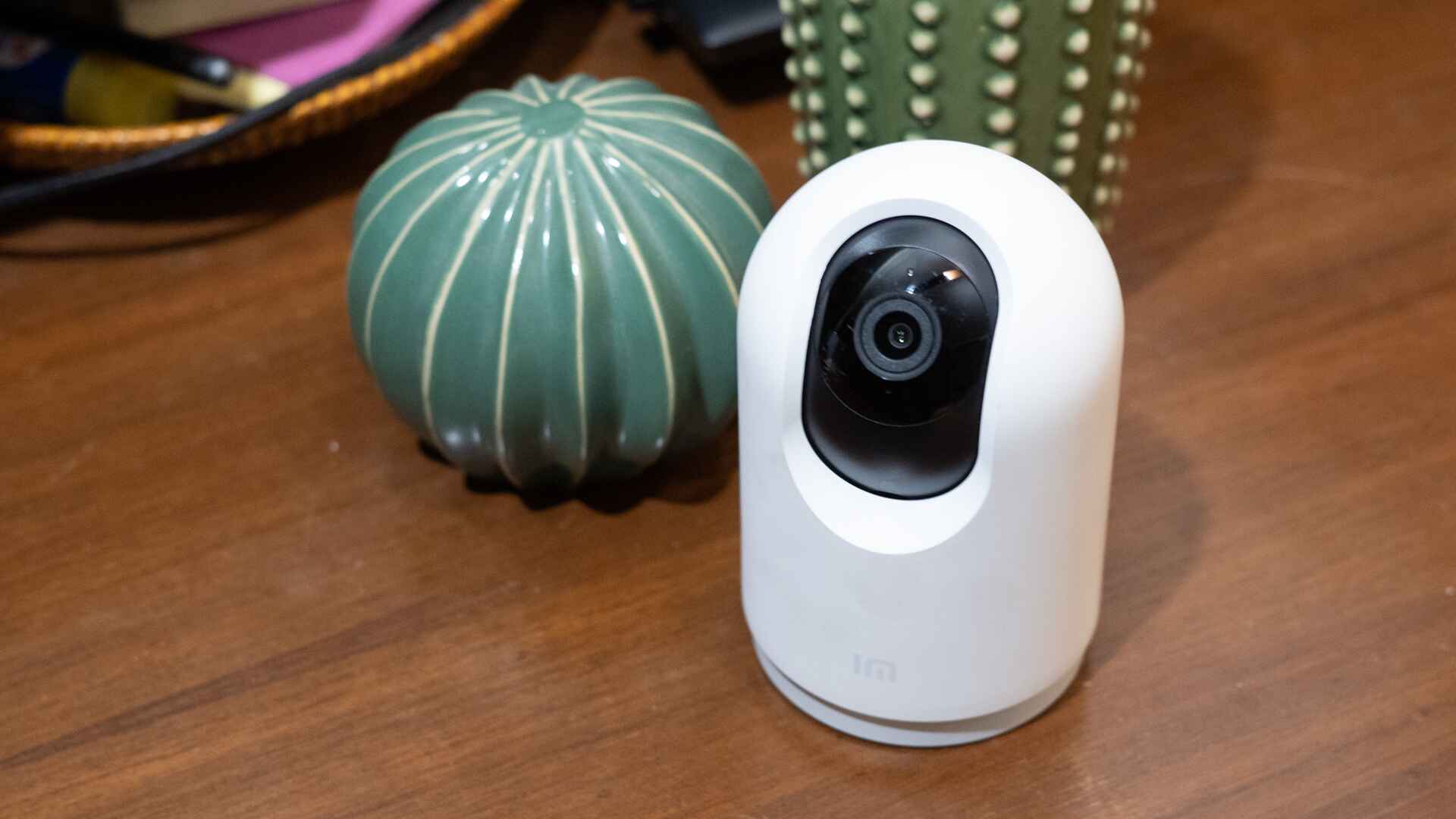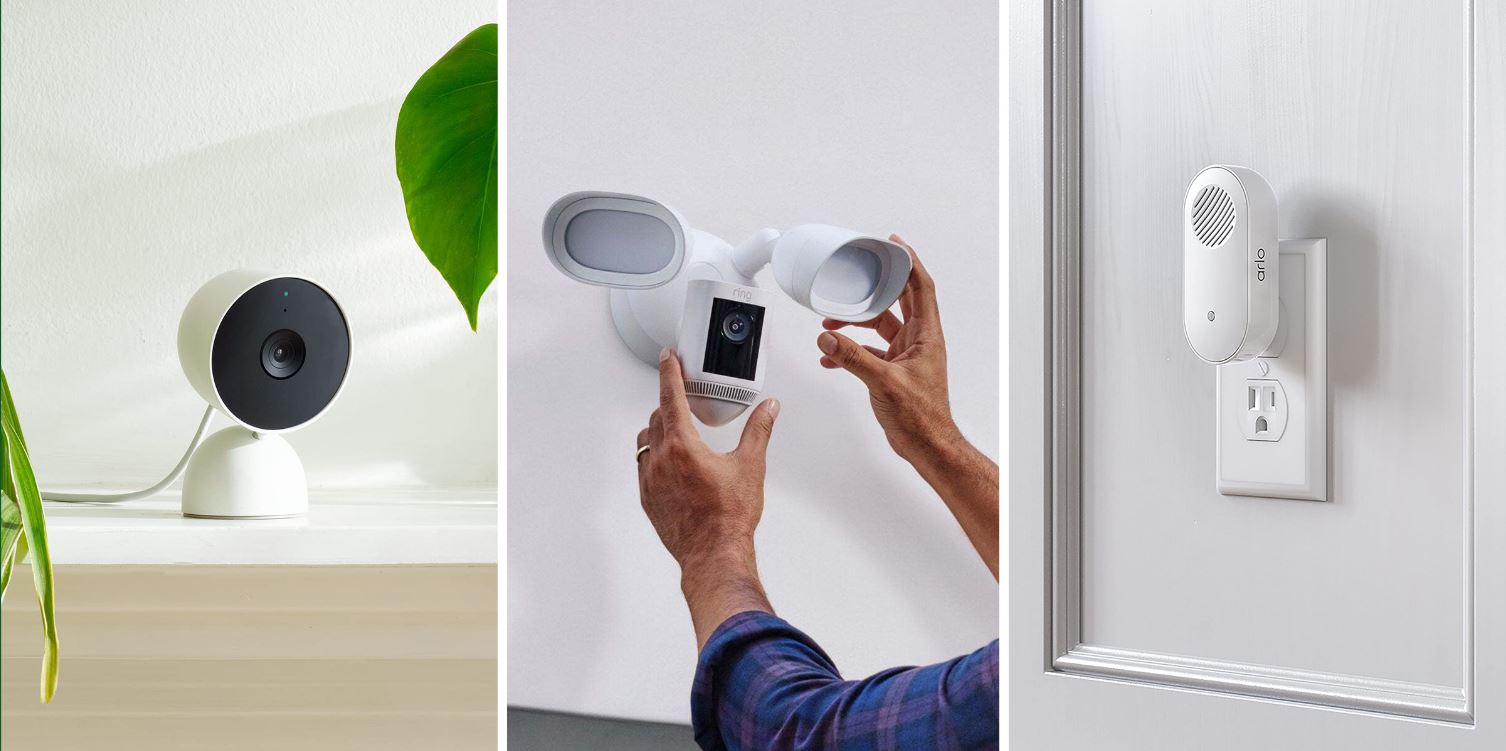Introduction
Understanding Motion Detection on Action Cameras
Action cameras have revolutionized the way we capture and share our adventures. These compact devices are designed to withstand the rigors of outdoor activities, making them popular among sports enthusiasts, travelers, and content creators. One of the most valuable features of modern action cameras is motion detection, which allows users to capture stunning footage without the need for constant manual operation.
Motion detection technology enables the camera to automatically start recording when it detects movement within its field of view. This functionality is particularly useful for capturing fast-paced action scenes, wildlife encounters, and spontaneous moments, ensuring that you never miss a shot. Whether you're mountain biking down a rugged trail, surfing the waves, or exploring a bustling city, motion detection empowers you to focus on the experience while your camera effortlessly documents the excitement.
In this guide, we will delve into the intricacies of motion detection on action cameras, providing you with a comprehensive understanding of its capabilities and practical applications. We will explore the process of setting up motion detection on your device and offer valuable tips for optimizing its performance. By the end of this article, you will have the knowledge and confidence to leverage motion detection to elevate your action camera footage to new heights. So, let's embark on this journey to unlock the full potential of your action camera's motion detection feature.
Understanding Motion Detection
Motion detection is a sophisticated technology that empowers action cameras to identify and respond to movement within their visual range. This feature is made possible through the integration of advanced sensors and algorithms, which work in tandem to detect changes in the camera's field of view. When motion is detected, the camera initiates the recording process, capturing the unfolding action in real time.
At the core of motion detection lies the ability to differentiate between static and dynamic elements within the camera's frame. This is achieved through a combination of optical and electronic components, including infrared sensors, pixel variance analysis, and pattern recognition algorithms. By continuously analyzing the visual input, the camera can discern significant shifts in the scene, such as the movement of a subject or changes in the background.
The effectiveness of motion detection is further enhanced by customizable sensitivity settings, which allow users to define the level of motion required to trigger recording. This flexibility ensures that the camera can adapt to various environments and shooting conditions, whether it's capturing subtle movements in a low-light setting or swiftly reacting to high-speed action in bright daylight.
Moreover, modern action cameras often offer the option to specify the area of interest for motion detection, enabling users to focus on particular regions within the frame. This precision is invaluable for scenarios where specific elements, such as a goalpost on a soccer field or a wildlife feeding area, are the primary subjects of interest.
Understanding the intricacies of motion detection equips users with the knowledge to leverage this feature effectively, enhancing the quality and spontaneity of their captured footage. By comprehending the underlying technology and its customizable parameters, individuals can harness the full potential of motion detection to elevate their action camera experience. Now that we've explored the fundamentals of motion detection, let's proceed to the next section to delve into the process of setting up this feature on your action camera.
Setting Up Motion Detection on Your Action Camera
Configuring motion detection on your action camera is a straightforward process that varies slightly depending on the make and model of your device. To begin, access the camera's settings menu, where you will typically find the option to enable motion detection. Once activated, you can fine-tune specific parameters to tailor the feature to your preferences and shooting environment.
One of the key settings to adjust is the sensitivity level, which determines the degree of motion required to trigger recording. This setting is particularly important in environments with varying levels of activity, as it ensures that the camera responds appropriately to different motion intensities. Additionally, some cameras offer the ability to adjust the duration of recording once motion is detected, allowing you to capture the desired length of footage for each activation.
Furthermore, many action cameras provide the option to define specific areas within the frame for motion detection. This feature is especially useful for controlling where the camera focuses its attention, minimizing false triggers and ensuring that only relevant movement initiates recording. By selecting the areas of interest, such as a skateboarding ramp or a scenic viewpoint, users can optimize the precision and relevance of their captured footage.
It is essential to consider the placement and angle of your action camera when setting up motion detection. Positioning the camera to have a clear view of the intended action and minimizing obstructions will enhance the feature’s performance. Additionally, accounting for lighting conditions and potential sources of interference, such as swaying vegetation or reflective surfaces, can contribute to more accurate motion detection results.
Once you have configured the motion detection settings to align with your preferences and shooting requirements, it is advisable to conduct a test to ensure optimal functionality. By simulating the anticipated scenarios and movements, you can verify that the camera responds appropriately and captures the desired footage without unnecessary activations or missed opportunities.
Now that you have gained insights into the process of setting up motion detection on your action camera, let’s proceed to the next section, where we will share valuable tips for maximizing the effectiveness of this feature.
Tips for Using Motion Detection
Effectively utilizing motion detection on your action camera can significantly enhance the quality and spontaneity of your captured footage. To maximize the effectiveness of this feature, consider the following tips and best practices:
- Optimize Sensitivity: Adjust the sensitivity level of motion detection to suit the specific dynamics of your shooting environment. Fine-tuning this setting ensures that the camera responds accurately to relevant motion while minimizing false triggers.
- Strategic Placement: Position your action camera to have an unobstructed view of the anticipated action. Consider the angle, distance, and elevation to maximize the camera’s field of view and capture compelling footage.
- Customize Detection Areas: Utilize the option to define specific areas within the frame for motion detection. This feature allows you to focus on key subjects or points of interest, reducing unnecessary recordings and optimizing the relevance of captured footage.
- Consider Lighting Conditions: Be mindful of lighting variations in your shooting environment, as changes in brightness can impact motion detection performance. Adjust settings or utilize additional lighting to ensure consistent and reliable functionality.
- Test and Refine: Conduct test runs to fine-tune your motion detection settings and verify their effectiveness in real-world scenarios. This proactive approach enables you to make adjustments and optimize the feature for your specific use cases.
- Monitor Battery Life: Motion detection may consume additional power, so be mindful of your action camera’s battery life when using this feature extensively. Consider carrying spare batteries or a portable charger for uninterrupted shooting sessions.
- Stay Informed: Familiarize yourself with the capabilities and limitations of motion detection on your action camera. Stay updated on firmware updates or new features that can further enhance the functionality of this technology.
By implementing these tips, you can harness the full potential of motion detection to capture compelling and dynamic footage with your action camera. The strategic application of this feature empowers you to focus on the action while your camera seamlessly documents the excitement, ensuring that you never miss a moment worth capturing.
Conclusion
As we conclude our exploration of motion detection on action cameras, it is evident that this feature represents a pivotal advancement in the realm of dynamic and spontaneous videography. By seamlessly integrating the capabilities of motion detection into the compact and versatile design of action cameras, users are empowered to capture compelling footage without the constraints of manual operation.
Understanding the underlying technology and customizable parameters of motion detection equips individuals with the knowledge to optimize its performance in diverse shooting environments. From adjusting sensitivity levels to strategically defining detection areas, users can tailor this feature to their specific needs, ensuring that it accurately captures the desired action while minimizing superfluous recordings.
Furthermore, the practical tips provided in this guide offer valuable insights for maximizing the effectiveness of motion detection, enabling users to elevate the quality and relevance of their captured footage. By implementing strategic placement, considering lighting conditions, and proactively testing and refining settings, individuals can harness the full potential of motion detection to document their adventures with precision and spontaneity.
In essence, motion detection on action cameras transcends the conventional boundaries of videography, offering a seamless and intuitive approach to capturing dynamic moments. Whether it’s documenting extreme sports, wildlife encounters, or candid experiences, this feature enables users to focus on the action while their camera effortlessly preserves the excitement in stunning detail.
As you embark on your next adventure with an action camera equipped with motion detection, leverage the knowledge and insights gained from this guide to unlock the full potential of this transformative feature. Embrace the spontaneity, immerse yourself in the moment, and let your action camera seamlessly capture the exhilarating experiences that define your journey.







